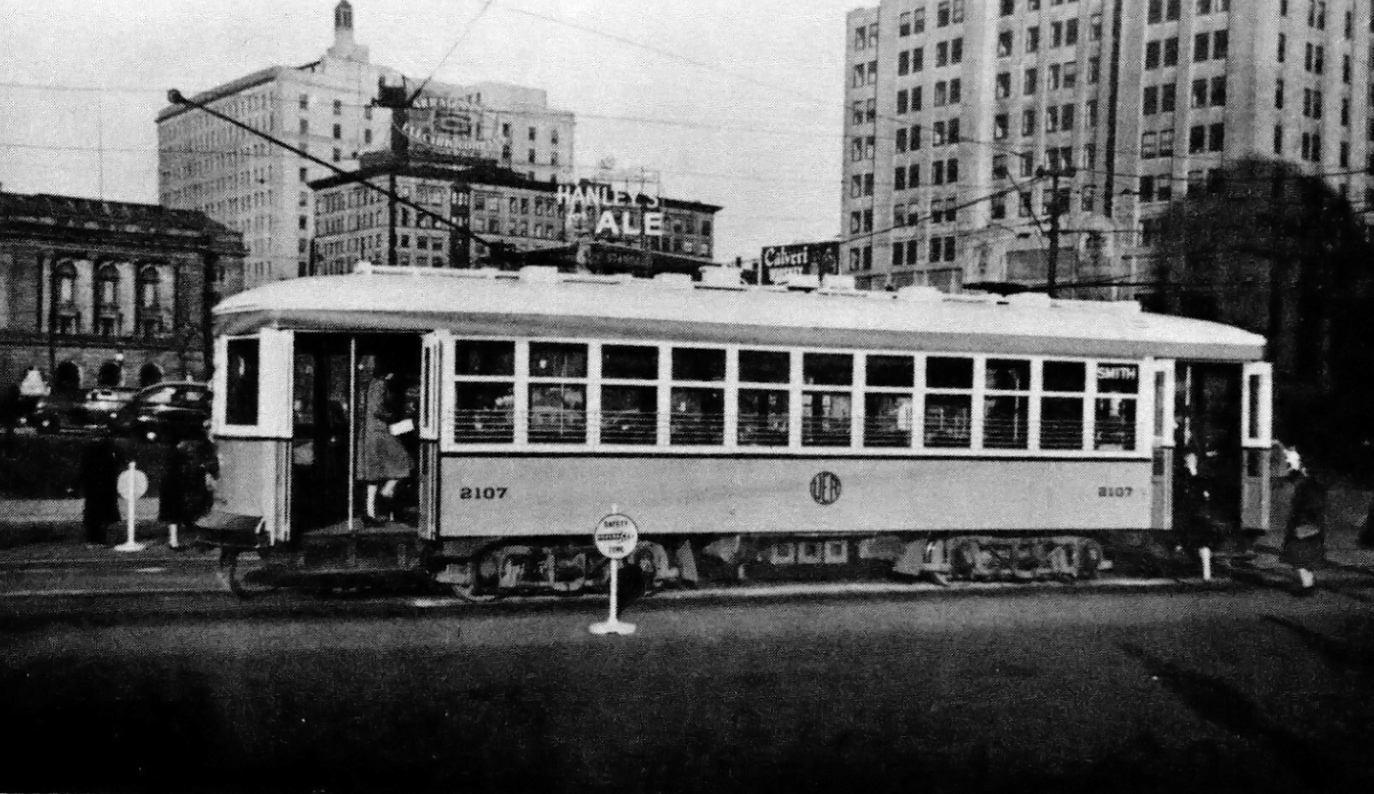United Electric Railways: History, Route, Photos
Published: May 14, 2025
By: Adam Burns
The United Electric Railways Company (UER), based in Providence, managed Rhode Island's interurban streetcars, trolleybuses, and freight trolleys during the early to mid-1900s. This company was established in 1919 after the Rhode Island Company, the previous streetcar operator, faced financial trouble and went into temporary receivership.
UER played a significant role in facilitating urban development and improving commuter mobility by providing an efficient and reliable mode of public transportation.
The company's electric streetcars and trolleys were especially crucial at a time when automobile ownership was not yet widespread. They connected neighborhoods and business districts, thereby stimulating economic growth and urban expansion.
To ensure continued service without financial hiccups during its receivership, the UER was immediately placed under the oversight of the Rhode Island Public Utilities Commission. By 1921, the system had consolidated the network and saw ridership peak at an impressive 154 million people annually by 1923.
In 1926, the New England Power Company acquired UER, but operations remained under the UER name through the Rhode Island Service Company until 1951, when it became the United Transit Company. Public transportation in Rhode Island was nationalized in 1966 with the launch of the Rhode Island Public Transit Authority (RIPTA).
The rise of automobile travel and increasing suburbanization during the mid-20th century led to a decline in ridership. While bus service continued, all rail - streetcar and interurban - operations had ceased by 1952.
Early History
The initial phase of rail-based transport in Rhode Island kicked off with the Union Railroad of Providence, a private horsecar venture that started rolling in 1865. September 1887 marked the debut of electrified trolleys in the state, specifically in Woonsocket. However, their short route rendered them more as a novelty than a practical transit solution. Regular electric trolley service was later introduced in Newport by August 1889, followed by Providence in January 1892. This innovation rapidly extended to existing lines and inspired the creation of numerous new railway companies, with many under shared ownership.
By 1894, The United Traction and Electric Company—formed by Marsden Perry, Nelson Aldrich, and William Roelker—emerged as a conglomerate overseeing various railways. This new entity acquired many suburban routes running through areas like Cumberland, Pawtuxet Valley, and Barrington and Warren.
Fast forward to 1902, electrification was universal across the lines. The Traction Company then established the Rhode Island Company (RICo), which leased the system, retaining bits of the Union Railroad of Providence name. However, financial woes plagued its early years, leading to frequent stock trading until it fell into the hands of the New York, New Haven and Hartford Railroad by 1907. Besides ferrying passengers, these trolleys also handled freight, adding another layer to their utility.
Back in the day, the Providence Cable Tramway Company managed to run cable cars up the steep slopes of College Hill, but it was part of the RICo holding companies at the time. However, in 1914, the game changed with the introduction of the East Side Trolley Tunnel, which provided a trolley route from North Main Street to Thayer Street, making the cable cars redundant.
Following new antitrust laws, the New Haven was forced to break ties with transit, leaving RICo without the financial backing of the larger railroad system. With mounting debts and stiff competition from jitneys and automobiles, RICo struggled. The company limped along until 1918, when overwhelming debt led the Rhode Island Supreme Court to end its leases, bringing operations to a close.
20th Century Operations
In 1919, the UER was established by merging several previous streetcar systems. These systems included:
- Rhode Island Company lines (excluding the Providence Danielson Railway Company and the Seaview line)
- United Traction and Electric Company
- Union Railroad
- Pawtucket Street Railway
- RI Suburban
- Providence Cable Tramway
To ensure uninterrupted service despite financial challenges, control of the UER was placed under the Public Utilities Commission. An amendment on May 5, 1920, detailed the board of directors' makeup—two members appointed by the Rhode Island Governor and one by Providence's Mayor. The company also agreed to invest $1 million for system improvements and was capped at $22 million in debt. Although there were attempts to classify jitneys as common carriers, this did not succeed, leading to the profitability issues for several trolley lines.
By 1920, tracks installed in 1914 at Exchange Place (renamed Kennedy Plaza in 1964) had expanded, creating a major link to Union Station. Full operational control of the railways by UER occurred in 1921. The first trolleybus utilized the trolley's overhead lines in 1922, and in 1923, the UER achieved a peak ridership of 154 million, despite jitney competition.
In 1926, New England Power Company acquired UER, and Rhode Island Service Company assumed operations, but the UER kept its name and branding. The Great Depression brought limited improvements and service cuts, prompting the introduction of more buses.
Final Years Of Streetcar Service
World War II saw a ridership boost due to gasoline rationing, nearly reaching 1923 levels. By 1948, trolleybuses had entirely replaced the trolleys; tracks were removed, and the East Side Trolley Tunnel was adapted for bus use. However, the rise of automobile preference in the 1950s worsened UER's financial challenges, leading to its acquisition by United Transit Company (UTC) in 1951, with complete service conversion by 1952.

